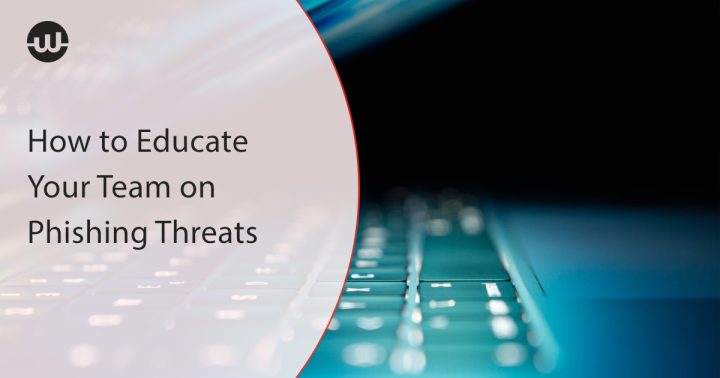Phishing attacks continue to pose a significant threat to organizations worldwide, with cybercriminals increasingly targeting employees as the weakest link in the security chain. Educating your team on phishing threats is essential for protecting sensitive data, mitigating security risks, and safeguarding your organization’s reputation. Here’s a comprehensive guide on how to effectively educate your team on phishing threats:
1. Raise Awareness:
Start by raising awareness among your team about the prevalence and potential impact of phishing attacks. Explain what phishing is, how it works, and the tactics commonly used by cybercriminals to trick unsuspecting users into divulging sensitive information or clicking on malicious links.
2. Provide Training:
Offer comprehensive phishing simulation training and best practices for identifying and mitigating phishing threats. Cover topics such as recognizing phishing emails, avoiding suspicious links and attachments, verifying sender identities, and reporting phishing attempts to the appropriate authorities.
3. Use Real-World Examples:
Illustrate the dangers of phishing with real-world examples and case studies of successful phishing attacks. Show your team examples of phishing emails, websites, and social engineering tactics used by cybercriminals to deceive users and gain unauthorized access to systems and data.
4. Simulate Phishing Attacks:
Conduct simulated phishing exercises to test your team’s awareness and response to phishing threats. Send out simulated phishing emails to employees and track their responses to identify areas for improvement. Provide feedback and guidance on how to recognize and avoid phishing attacks in the future.
5. Emphasize Vigilance:
Emphasize the importance of remaining vigilant and skeptical of unsolicited emails, messages, and requests for sensitive information. Encourage your team to trust their instincts and err on the side of caution when faced with suspicious or unexpected communications, even if they appear to come from trusted sources.
6. Implement Security Protocols:
Implement security protocols and best practices for email authentication, encryption, and access control to mitigate the risk of phishing attacks. Use technologies such as email filtering, anti-phishing software, and multi-factor authentication to detect and prevent phishing attempts before they reach your team. It’s also important to choose communication tools that prioritize privacy from the start. Solutions like Atomic Mail offer built-in encryption, allowing you to send anonymous emails, protect sensitive conversations with end-to-end encryption, and ensure better control over data access.
7. Encourage Reporting:
Create a culture of reporting and transparency within your organization by encouraging employees to report any suspected phishing attempts promptly. Provide clear guidelines and procedures for reporting phishing incidents to IT or security personnel for investigation and remediation.
8. Offer Ongoing Support:
Provide ongoing support and resources to help your team stay informed and vigilant against phishing threats. Offer regular refresher training sessions, educational materials, and updates on emerging phishing trends and tactics to keep your team up-to-date and prepared to defend against evolving threats.
9. Foster Collaboration:
Encourage collaboration and information sharing among team members to collectively identify and address phishing threats. Establish channels for communication and collaboration, such as dedicated email aliases or chat channels, where employees can share suspicious emails or seek advice and guidance from colleagues.
10. Reward Positive Behavior:
Recognize and reward employees who demonstrate awareness and diligence in identifying and reporting phishing threats. Implement a reward system or incentive program to incentivize positive security behavior and reinforce the importance of staying vigilant against phishing attacks.
Conclusion:
Educating your team on phishing threats is a critical component of your organization’s cybersecurity strategy. By raising awareness, providing training, and implementing best practices for identifying and mitigating phishing threats, you can empower your team to recognize and respond effectively to phishing attacks, reducing the risk of data breaches and security incidents. Invest in ongoing education, training, and support to ensure that your team remains vigilant and resilient against the ever-present threat of phishing in today’s digital world.
